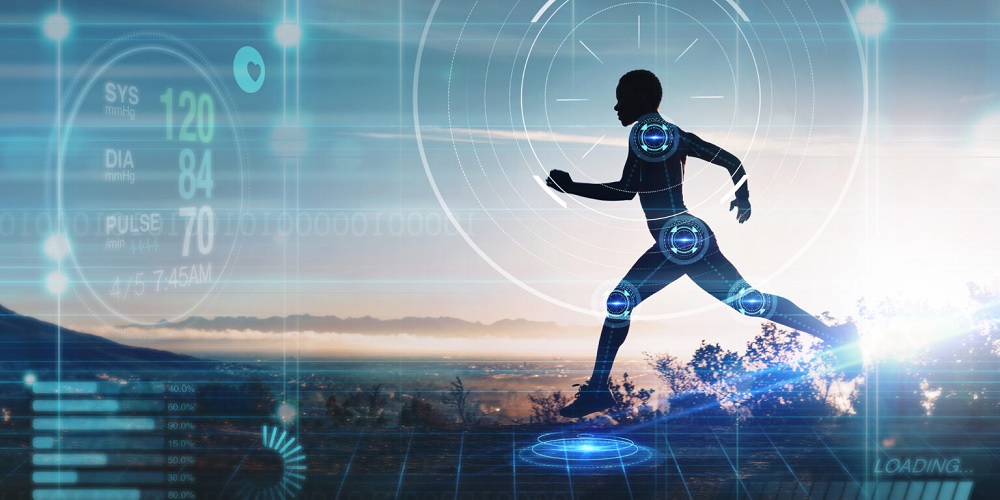5 Ways to Implement Change with Tech Innovations in Healthcare

The past few years have seen a rapid change in how healthcare is provided to patients worldwide. Recent developments have forced certain adaptations upon clinicians and other providers. But they have also triggered tech innovations in healthcare. These have brought many positive changes in the way that hospitals, clinics, and healthcare organizations have provided service to their communities. It's also possible for those in healthcare to purposely take advantage of these developments.
Of course, the world of healthcare technologies can be an overwhelming and murky one. A tailored technology development partner like OtterSoft can help implement new healthcare systems and applications within your organization.
Let’s look at how IT changes can improve patient experience and outcomes.
1. Updated Electronic Health Records (EHRs)
Server issues and outdated software hinder a clinician’s ability to access patient data during a consultation. Rather than struggling with an old and slow EHR system, updating the software and servers enables the clinician to quickly access a patient’s medical history as needed for information.
This can benefit patients who:
- May not be familiar with all the prescriptions that they take or remember the exact dosages
- Don’t know the names of their conditions or when they were diagnosed
- Have forgotten when they are due for a vaccination, ultrasound, or another diagnostic treatment
Furthermore, having efficient and expansive healthcare systems reduces the risk of errors and improves decision-making processes for clinicians.
2. Improved Communication with Telemedicine and Remote Monitoring
There are so many challenges to sharing information and communication between patients and clinicians. Modern tech innovations in healthcare eliminate these challenges for both.
Telemedicine enables clinicians to meet with patients remotely for consultations. This can be especially helpful for patients who live in isolated areas or are unable to travel. Even if patients don’t have a computer, they may have a cell phone that they can use for video chats with clinicians and healthcare staff.
Additionally, remote-monitoring software enables clinicians to monitor the vital signs of patients and other critical data. Myriad data points can be automatically collected by different tools and apps that patients can be taught to use in the office. Clinicians can keep a constant eye on the following:
- Heart rate
- Heart electrical rhythm
- Temperature
- Blood pressure
- Blood sugars
- Blood oxygenation
- Fetal vital signs
Many remote technologies are available, but even if there isn’t a preexisting service that fits your needs, a technology development partner like OtterSoft can help you custom build an app for your organization.
3. Artificial Intelligence (AI) for Enhanced Diagnostics
Delays in diagnoses or even misdiagnoses due to clinician error still happen in this day and age, despite advanced imaging and diagnostic technology. AI-driven tech innovations in healthcare can help clinicians accurately diagnose medical conditions, which leads to better outcomes for patients.
Artificial intelligence is used in software dedicated to highly specific tasks, such as reviewing ultrasound images or translating doctors' handwriting on documents into digital text. All these tasks can be completed in a manner of moments.
Other general uses for AI software technologies include:
- Early disease detection
- Double-check test results and doctor diagnoses
- Symptom and test result analysis
4. Better Compliance and Treatment through Healthcare Mobile Apps
Entire categories exist of healthcare apps that patients can rely on to monitor their health and show medication adherence. These mobile apps enable patients to be more compliant with their medical treatment, which makes life easier for their caregivers.
Some apps integrate multiple services in one convenient tool. For instance, patients can download an app like Medisafe to schedule their medication dosages, remind them when it’s time to get a refill, and record the severity of their symptoms after taking medication.
The data that they enter into these apps can be used by clinicians to create more personalized treatments for their patients.
5. Streamlined Scheduling and Billing
Tech innovations in healthcare enable those working in other departments of a hospital or clinic to do their jobs faster and more efficiently. For instance, medical receptionists can bring up patient files right away to confirm appointment arrivals, check if new information is needed from the patient, and schedule new appointments.
There are other benefits of tech innovations in healthcare, such as:
- Certain scheduling software can optimize appointments for clinicians.
- Billing departments can file claims faster with software that pre-fills forms.
- Hospitals can provide better time-tracking software for staff.
How to Best Utilize Tech Innovations in Healthcare
Tech innovations in healthcare can provide improved functionality and communication in many ways and not just for clinicians. Rather than being swept along by the changes that occur industry-wide, though, healthcare providers can purposefully add new technologies to their organizations.
A healthcare technology development partner like OtterSoft can provide the support needed to implement these changes in a swift and efficient manner.
Here at OtterSoft, we help healthcare technology providers drive innovation and integrate systems to seamlessly enable healthcare organizations to identify areas for improvement and implement changes to enhance patient experiences continually. See how we can help you overcome healthcare innovation challenges by strategically partnering with a development team.

